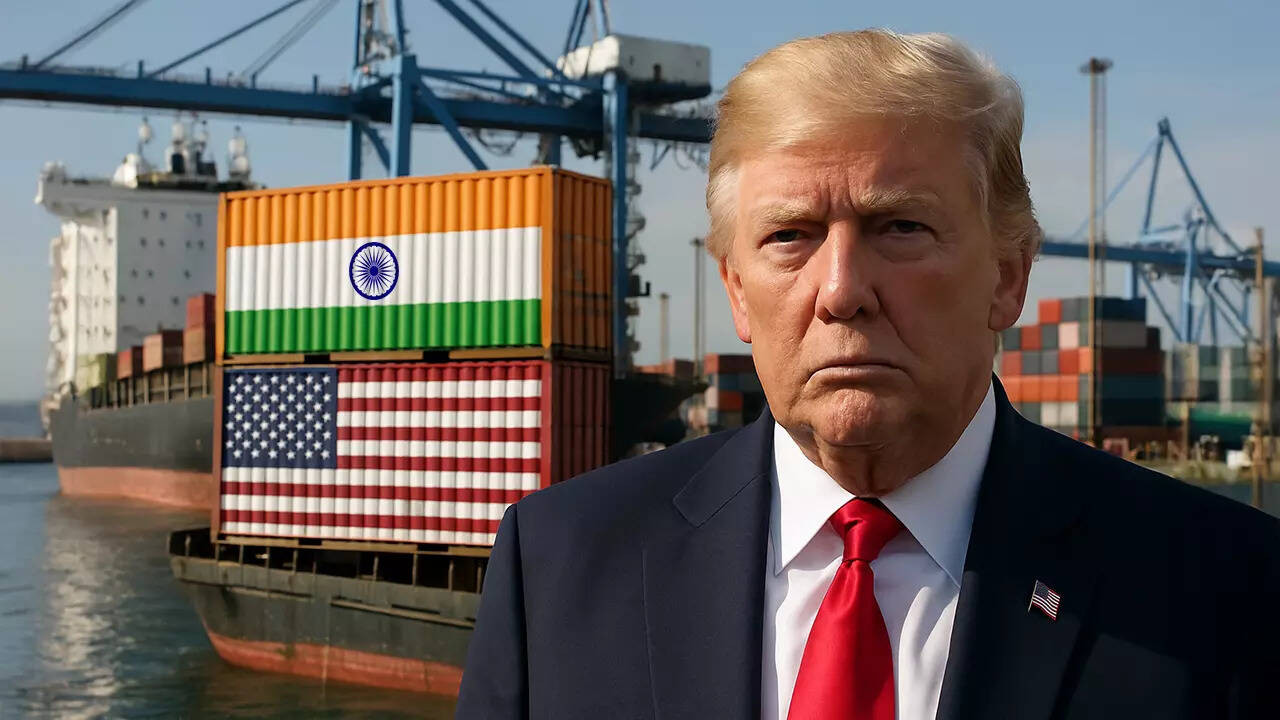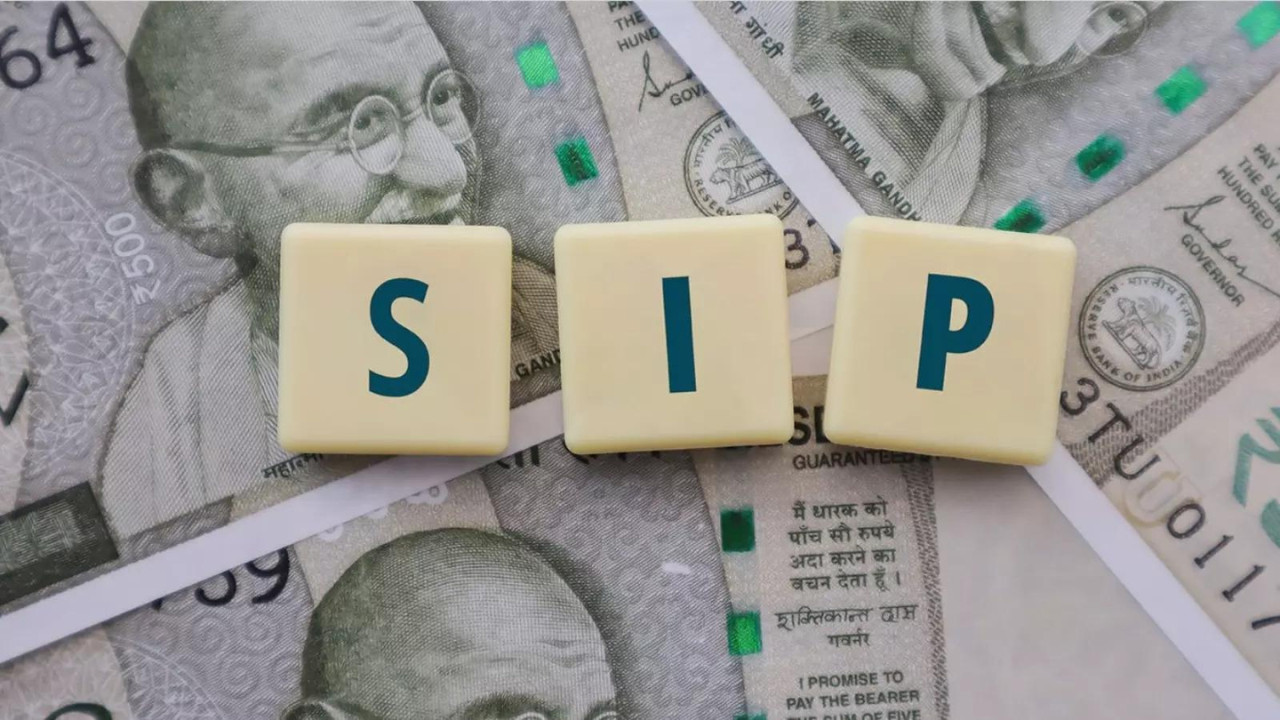India faces a strategic dilemma as the US imposes a 50% tariff on most Indian goods, potentially costing India $50 billion. Options include negotiation, retaliation, export diversification, or offering concessions like halting Russian oil imports. Bilateral trade talks continue despite the dispute, with aims to significantly increase trade by 2030.
Navigating the Trump Tariff Storm: What’s Next for Indian Exports?
The potential return of Donald Trump to the White House has sent ripples of unease through global trade circles, and India is no exception. The prospect of a renewed wave of protectionist policies, particularly tariffs, poses a significant challenge to Indian exporters. But what exactly are the potential impacts, and how can India navigate these turbulent waters?
A recent report by the Global Trade Research Initiative (GTRI) sheds light on the possible fallout. Their analysis suggests that if Trump reinstates and expands tariffs, Indian exports could face a staggering $50 billion hit. This isn’t just a theoretical concern; it’s a tangible threat to numerous sectors that rely on access to the US market.
The Sword of Uncertainty: Understanding the Tariff Threat
The core issue revolves around Trump’s well-documented affinity for tariffs as a tool for trade negotiation and, in his view, economic leverage. During his previous term, the US imposed tariffs on a range of goods from various countries, including India. While some agreements were eventually reached, the process was often unpredictable and disruptive.
Now, the potential for even broader and higher tariffs looms large. GTRI’s report highlights specific sectors vulnerable to these measures. Engineering goods, chemicals, pharmaceuticals, textiles, and agricultural products are all in the line of fire. These sectors collectively represent a significant portion of India’s export basket, making them prime targets for US tariffs.
Imagine, for instance, a small textile manufacturer in Gujarat who relies heavily on exports to the US. A sudden imposition of a 20% tariff could render their products uncompetitive, forcing them to either absorb the cost (reducing profits) or risk losing valuable customers. This scenario is not unique and underscores the precarious position many Indian exporters find themselves in.
Beyond the Numbers: Real-World Consequences of Tariffs
The $50 billion figure, while alarming, only tells part of the story. The true impact extends beyond mere revenue loss. Increased tariffs can lead to:
* Supply Chain Disruptions: Businesses often build complex supply chains spanning multiple countries. Tariffs can throw a wrench into these carefully orchestrated systems, forcing companies to scramble for alternative suppliers or relocate production.
* Reduced Investment: The uncertainty surrounding trade policy can deter foreign investment. Companies are less likely to invest in expanding production or developing new products if they fear that future tariffs will jeopardize their returns.
* Job Losses: Ultimately, reduced exports and investment can lead to job losses in affected sectors. This can have a ripple effect on local economies and exacerbate existing social inequalities.

Charting a Course Through the Storm: Strategies for Indian Exporters
So, what can India do to mitigate the risks? Proactive measures are crucial. Waiting for the storm to hit before battening down the hatches is not an option. Here are some potential strategies:
* Diversification is Key: Reducing reliance on the US market is paramount. Exploring new export destinations, particularly in Asia, Africa, and Latin America, can help to cushion the blow from potential US tariffs. India’s growing economic partnerships with nations in these regions offer promising avenues for diversification.
* Strengthening Domestic Manufacturing: Investing in domestic manufacturing capacity can reduce dependence on imported inputs and make Indian exports more competitive. Government initiatives like “Make in India” play a vital role in this effort. You can read more about government initiatives to boost local production on our [policy updates page](internal-link-to-policy-page).
* Negotiating Favorable Trade Agreements: Actively pursuing and strengthening free trade agreements (FTAs) with key trading partners can provide preferential access to markets and reduce the impact of tariffs. This includes both bilateral and multilateral agreements.
* Engaging in Dialogue: Maintaining open lines of communication with the US government and business community is essential. Highlighting the mutual benefits of trade and addressing concerns can help to foster a more constructive trade relationship.
* Embracing Innovation and Efficiency: Investing in research and development, adopting new technologies, and improving efficiency can enhance the competitiveness of Indian exports, making them more resilient to tariff pressures.
The path ahead is undoubtedly challenging. But by embracing proactive strategies and fostering a spirit of innovation and resilience, India can navigate the potential storm of renewed tariffs and emerge stronger on the other side. The key lies in recognizing the risks, adapting to the changing global landscape, and seizing new opportunities.







